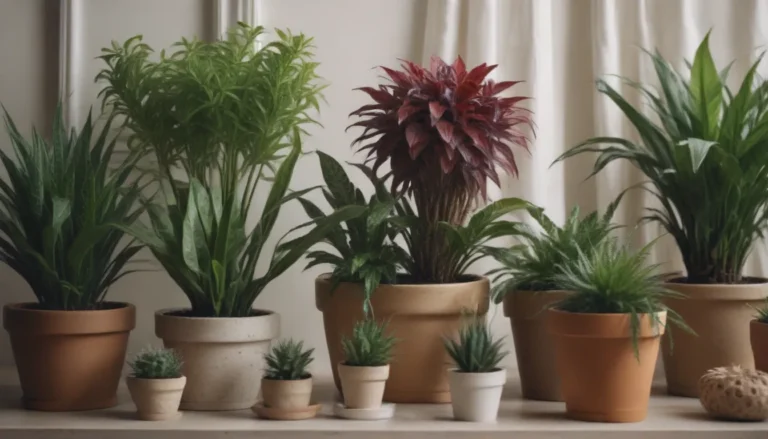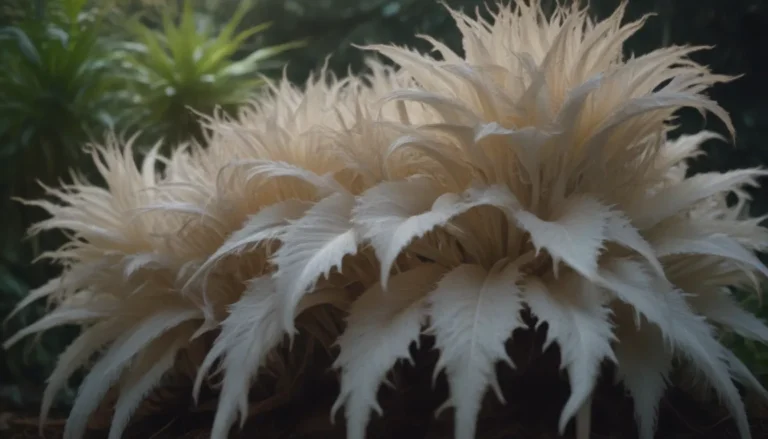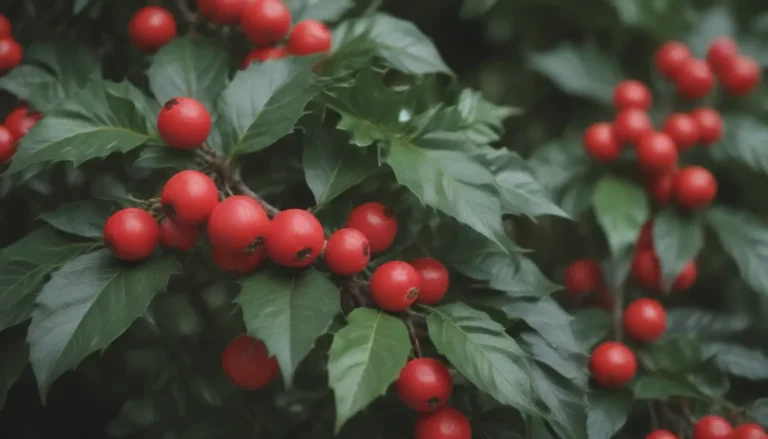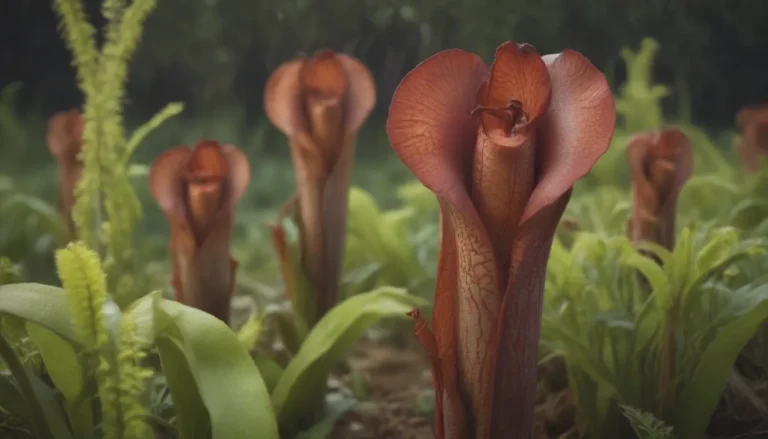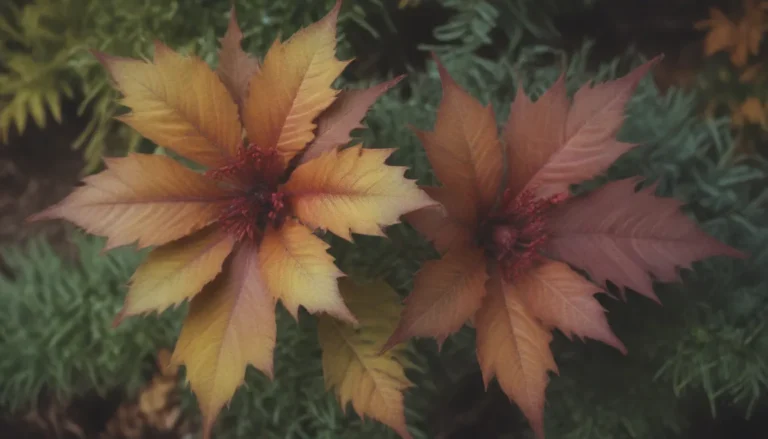Mastering the Art of Growing and Caring For Geraniums

Geraniums are a beloved addition to any garden, known for their vibrant colors and delightful fragrances. Whether you are a seasoned gardener or a novice with a green thumb, geraniums are a fantastic plant to care for. In this comprehensive guide, we will walk you through everything you need to know about growing and caring for geraniums like a pro.
Unveiling the World of Geraniums
Geraniums are not just a one-size-fits-all plant. There are different types of geraniums to care for, each with its unique characteristics:
- Pelargonium x hortorum (Zonal Geraniums): These geraniums feature foliage with rounded to kidney-shaped leaves. The foliage may be ruffled or marked with a dark interior line that mirrors the shape of the leaf.
- Pelargonium peltatum (Ivy Geraniums): Ivy geraniums have a trailing growth habit, making them perfect for hanging baskets or window boxes.
- Pelargonium graveolens (Scented Geraniums): As the name suggests, scented geraniums have specific fragrance notes assigned to their foliage. From rose to lemon to nutmeg, these plants add a delightful aroma to your garden.
While these geranium types have different growth habits, bloom sizes, and colors, they are most often grown as annuals in temperate zones. They are versatile plants that work well in mixed pots, hanging baskets, and window boxes. Just keep in mind that geraniums are mildly toxic to dogs, cats, and horses.
Geranium Care 101
Geraniums are incredibly low-maintenance plants that offer a lot of enjoyment with little effort. Here are some essential care tips to help your geraniums thrive:
Light
Geraniums thrive in locations that receive six to eight hours of sunlight daily. In hot climates, providing some afternoon shade can benefit the plants.
Soil
For bedding plants, mix aged compost or garden soil into the top 6 to 8 inches of the planting area. Use a quality, loose potting mix for container-grown plants. Geraniums prefer soil with an average to slightly alkaline pH of 6.0 to 6.5.
Water
Water potted geraniums and young bedding plants two to three times weekly. Once plants are established, watering once a week is often sufficient for garden-grown varieties. Allowing the soil to dry out between waterings encourages a greater number of blooms.
Temperature and Humidity
Geraniums thrive in temperatures between 70°F and 75°F during the day and 60°F and 65°F at night. They can tolerate temperatures as low as 45°F but wilt and yellow at temperatures of 85°F or higher.
Fertilizer
Container-grown geraniums benefit from a balanced, slow-release fertilizer every two to four weeks. Ensure that your potting mix does not already contain fertilizer before applying more.
Types of Geraniums: Exploring the Diversity
Geraniums come in various types, each with its unique features. Here are some popular geranium varieties to consider for your garden:
- Regal Geraniums: Known for their showy blooms and vibrant colors, regal geraniums are perfect for adding a pop of color to your garden.
- Scented Geraniums: With fragrances ranging from rose to citrus to mint, scented geraniums are a sensory delight in any garden.
- Ivy Geraniums: Ivy geraniums have a trailing growth habit, making them ideal for hanging baskets and window boxes.
- Zonal Geraniums: Zonal geraniums are prized for their striking foliage and colorful blooms, making them a popular choice for gardeners.
Pruning and Propagating Geraniums
Pruning and propagating geraniums are essential tasks to ensure healthy growth and continuous flowering. Here are some tips for pruning and propagating your geraniums:
Pruning
Pruning includes pinching back to encourage lush, full growth. Deadheading spent flowers is crucial for continuous flowering. Prune back branches just above a leaf node and remove flower stems at their base.
Propagating
Geraniums are easily propagated from cuttings. Gather sterile snippers, potting soil, pots with drainage holes, and rooting hormone for best results. Plant cuttings in soil or water and watch them develop into new plants.
Growing Geraniums From Seed: A Step-By-Step Guide
Starting geraniums from seed is a rewarding process but requires patience. Here’s how you can grow geraniums from seed successfully:
- Sow seeds in February for blooms in four to five months.
- Use a soilless planting medium and provide ample light for seedlings.
- Monitor moisture levels to prevent damping off.
Potting and Repotting Geraniums: Tips for Success
Geraniums bloom best when slightly pot-bound, so repotting mature plants is rarely necessary. When potting up, move plants into a pot 1 or 2 inches larger with adequate drainage. Consider terracotta pots for best results.
Overwintering Geraniums: Keeping Them Thriving
While geraniums are mostly grown as annuals, they can be overwintered to bloom a second year in warmer climates. Provide protection for potted plants in colder zones to keep them thriving year-round.
Common Pests and Plant Diseases: How to Keep Your Geraniums Healthy
Geraniums are susceptible to common pests like aphids and whiteflies, as well as fungal infections like botrytis and root rot. Regular monitoring and proper care can help prevent these issues.
How to Get Geraniums to Bloom: A Complete Guide
Geraniums bloom abundantly with the right care and maintenance. Here’s how you can encourage your geraniums to bloom and thrive:
- Provide ample sunlight.
- Allow soil to dry out between waterings.
- Deadhead spent flowers regularly.
Wrapping Up
Geraniums are delightful plants that add beauty and fragrance to any garden. With the right care and attention, you can enjoy vibrant blooms and lush foliage all season long. Whether you are a seasoned gardener or a beginner, geraniums are a fantastic choice for your outdoor space. Happy gardening!
